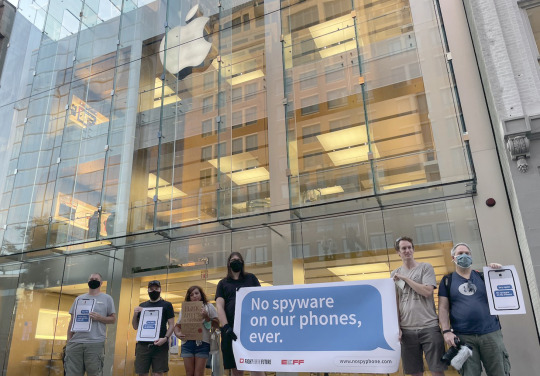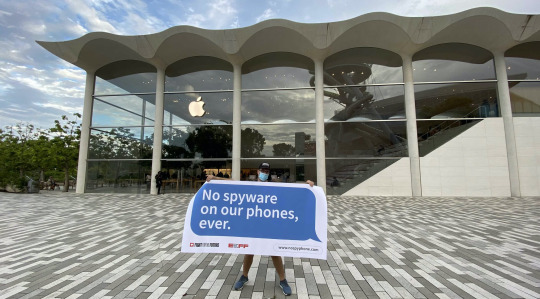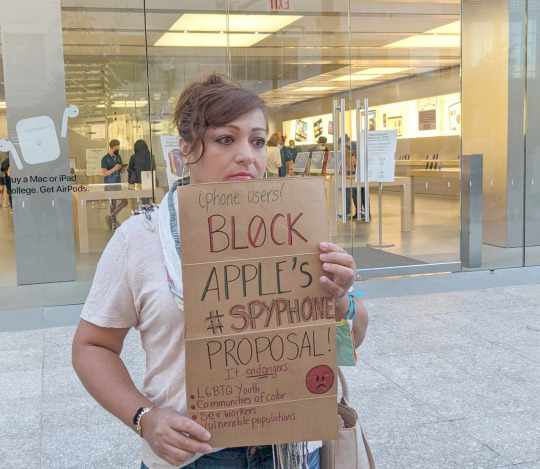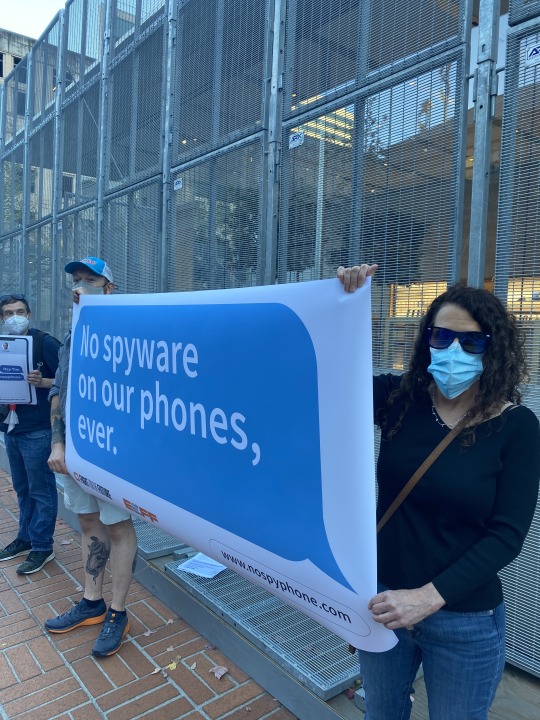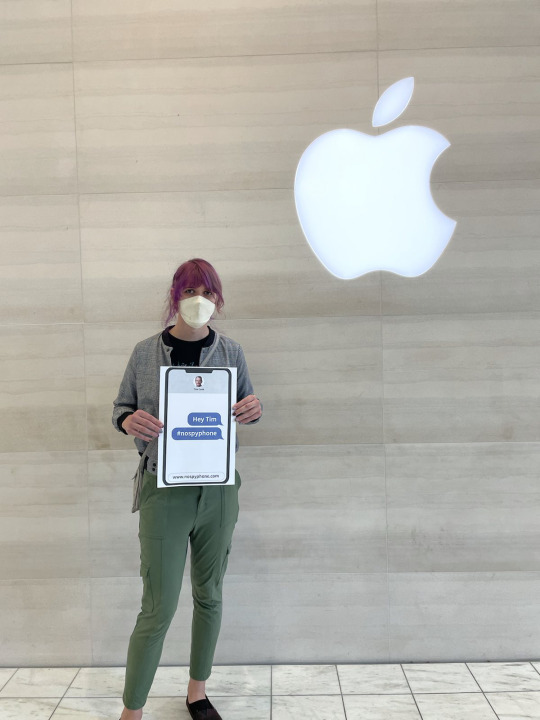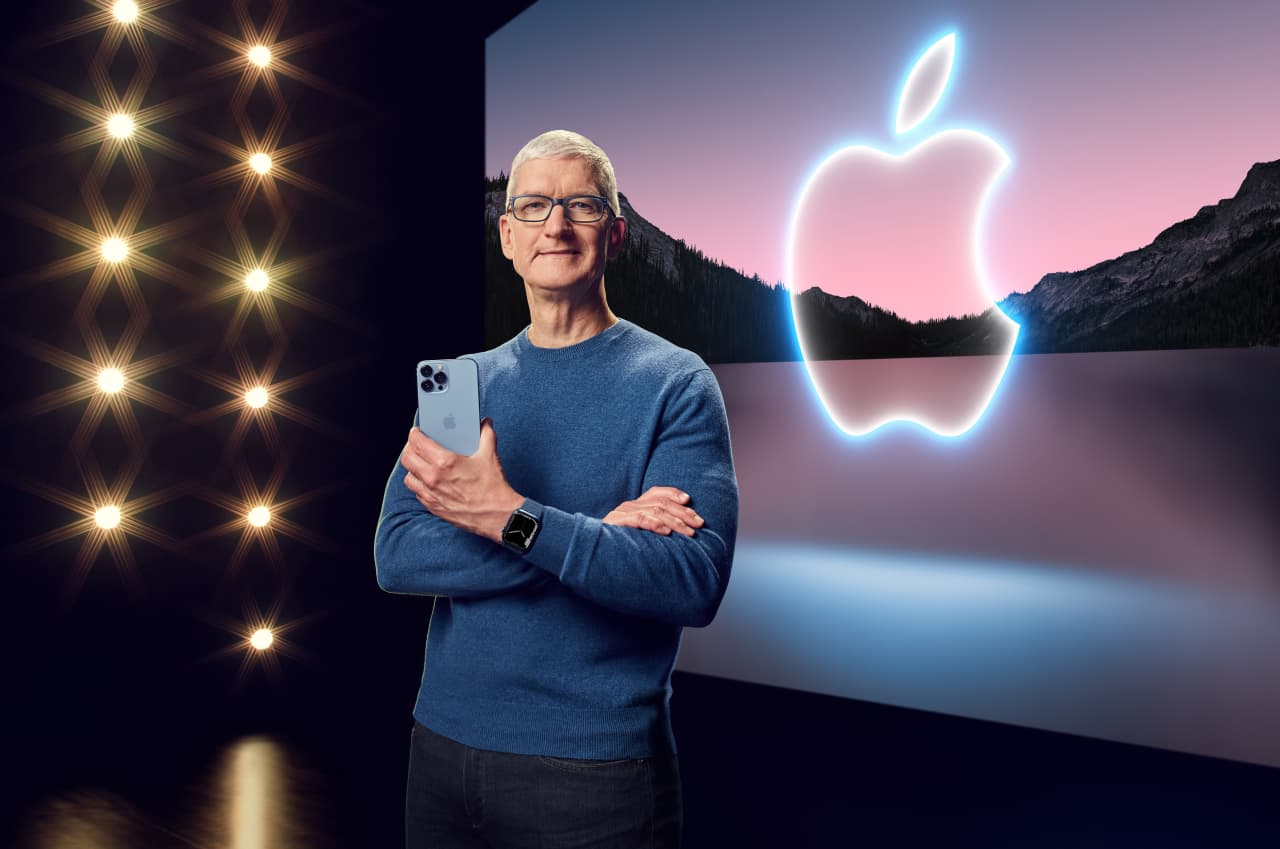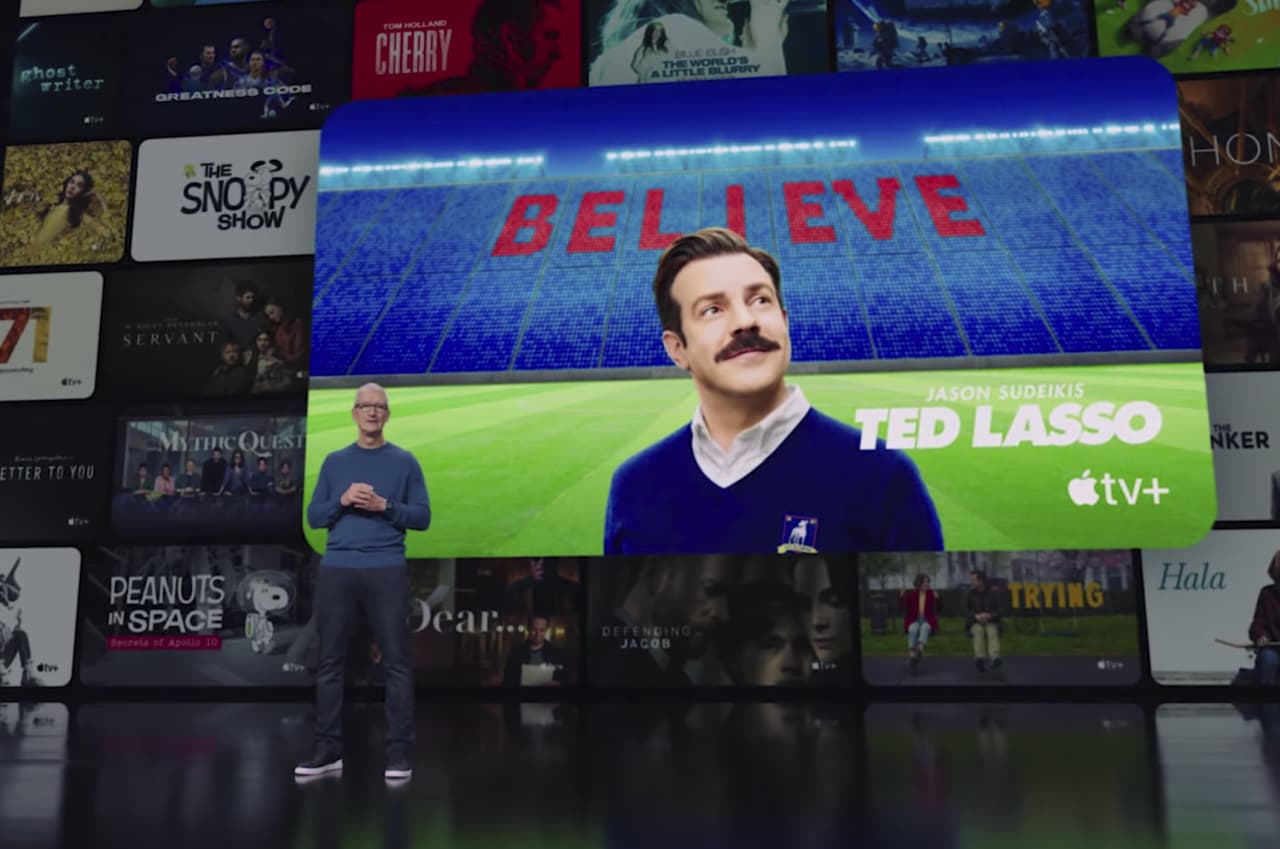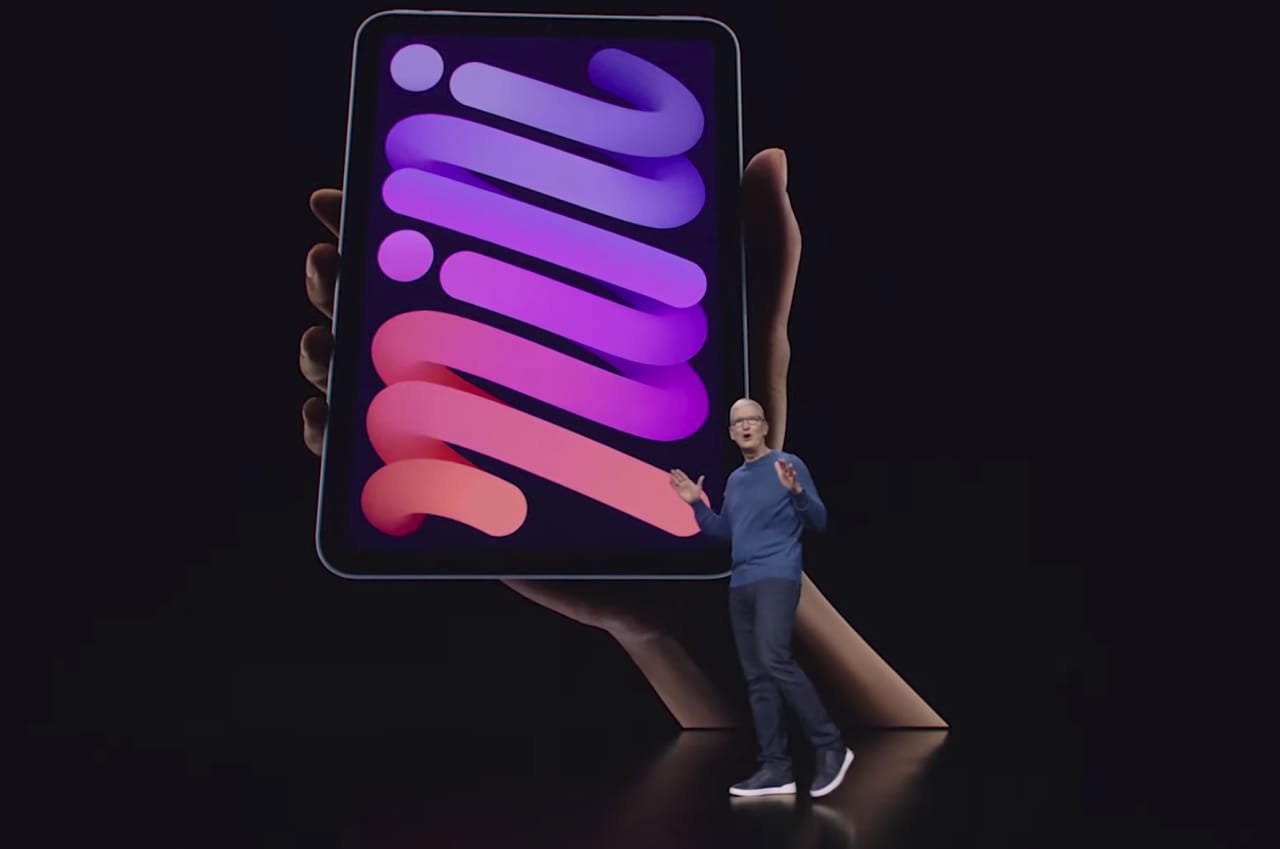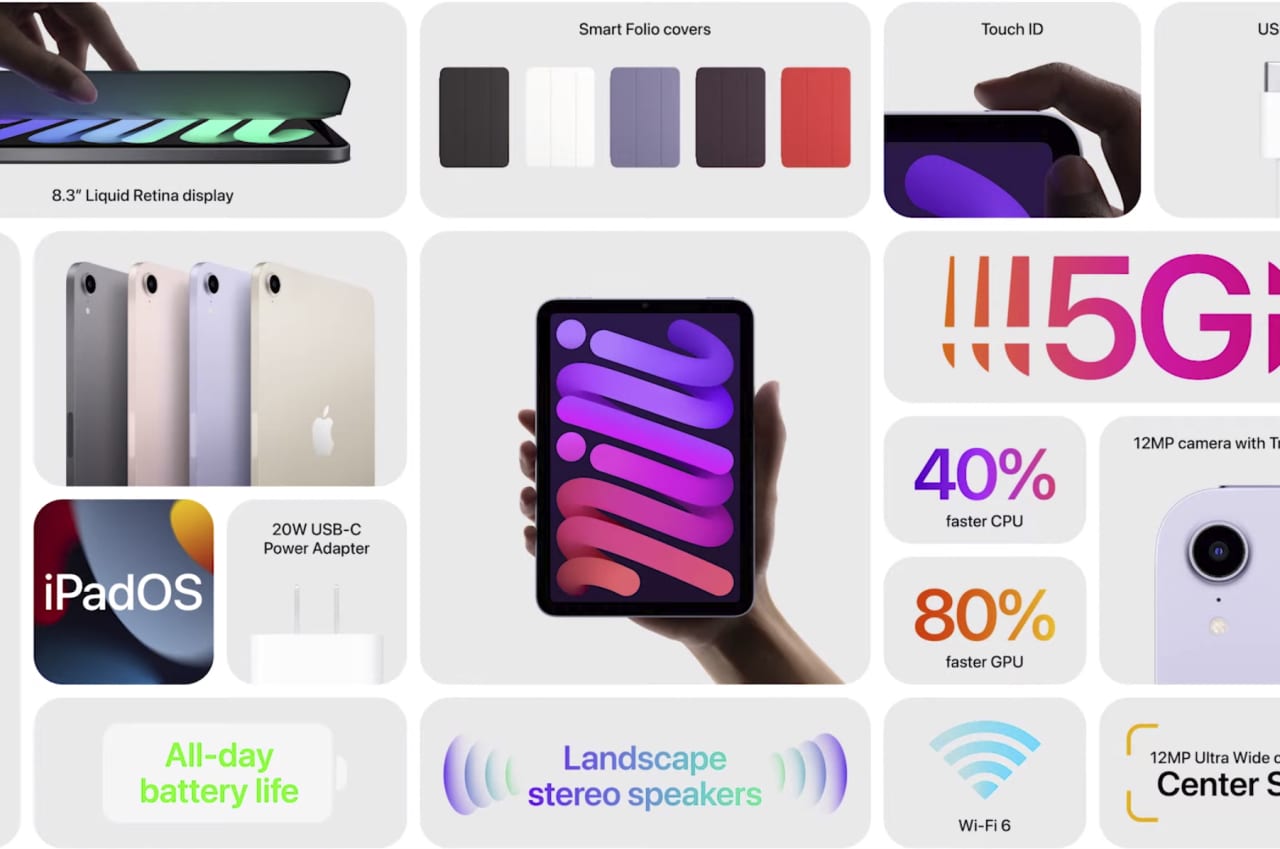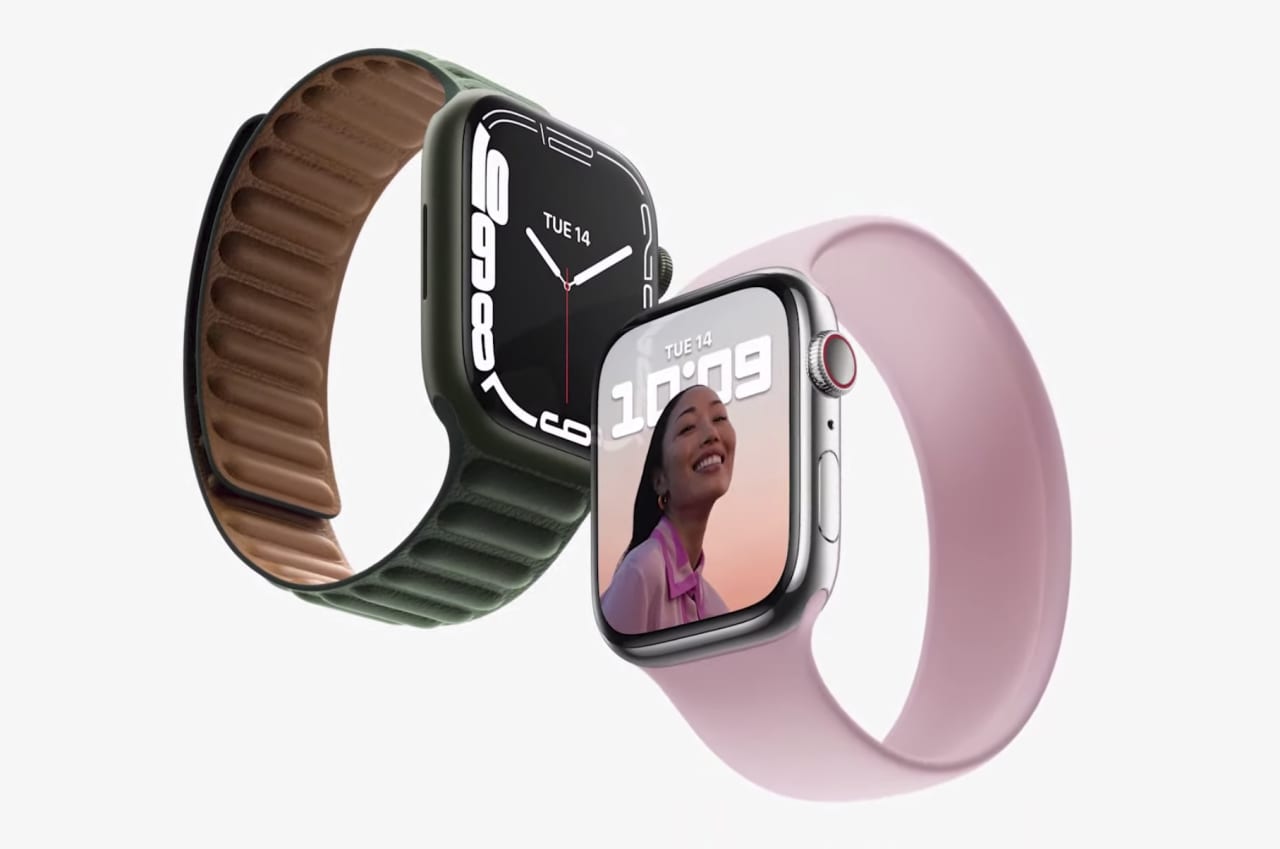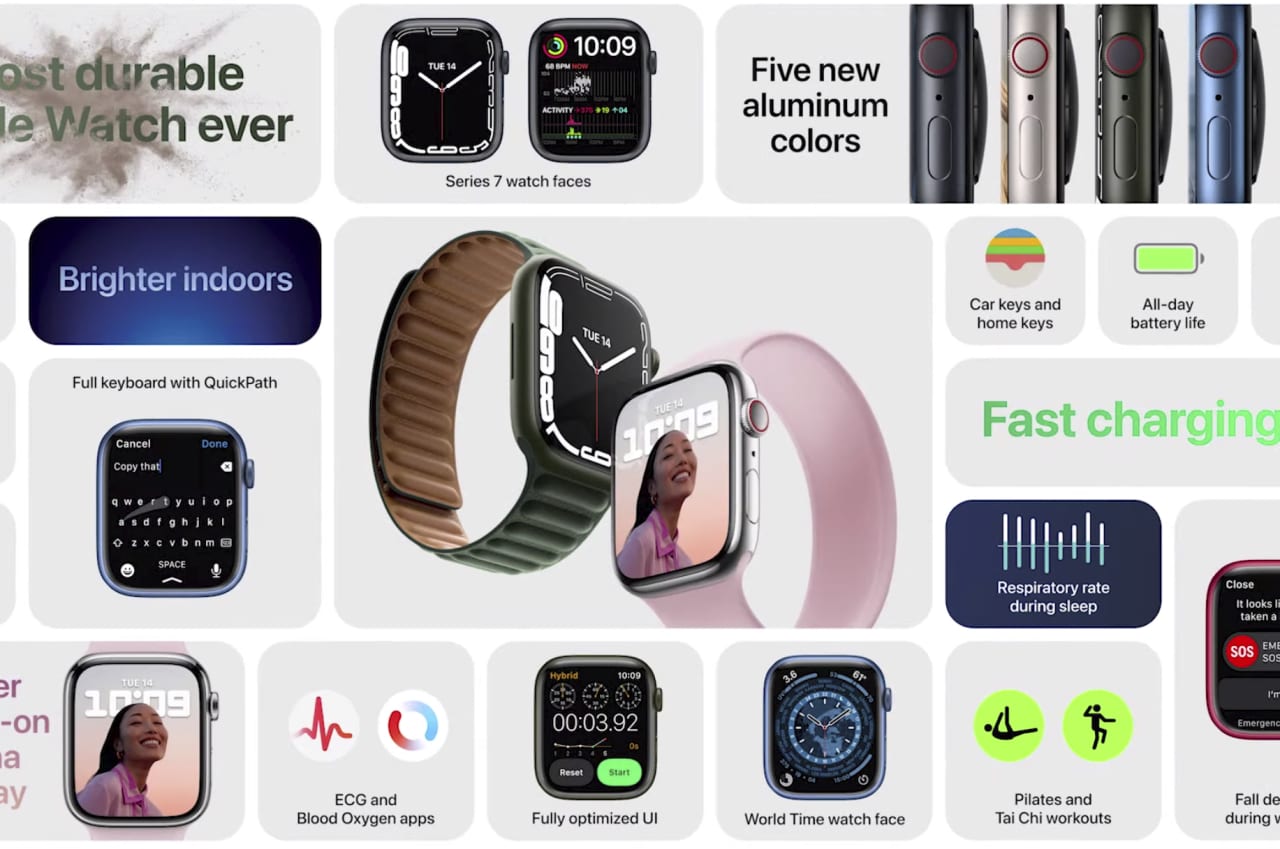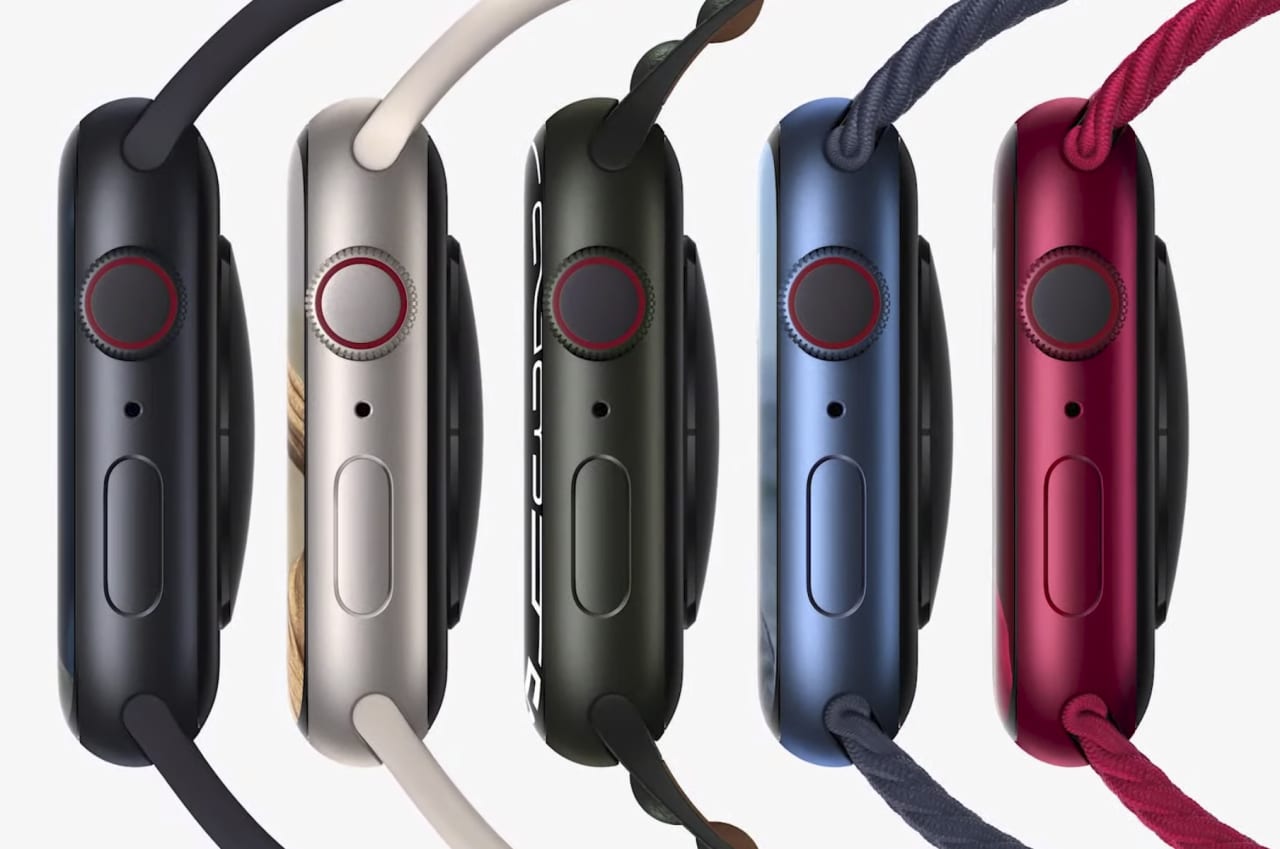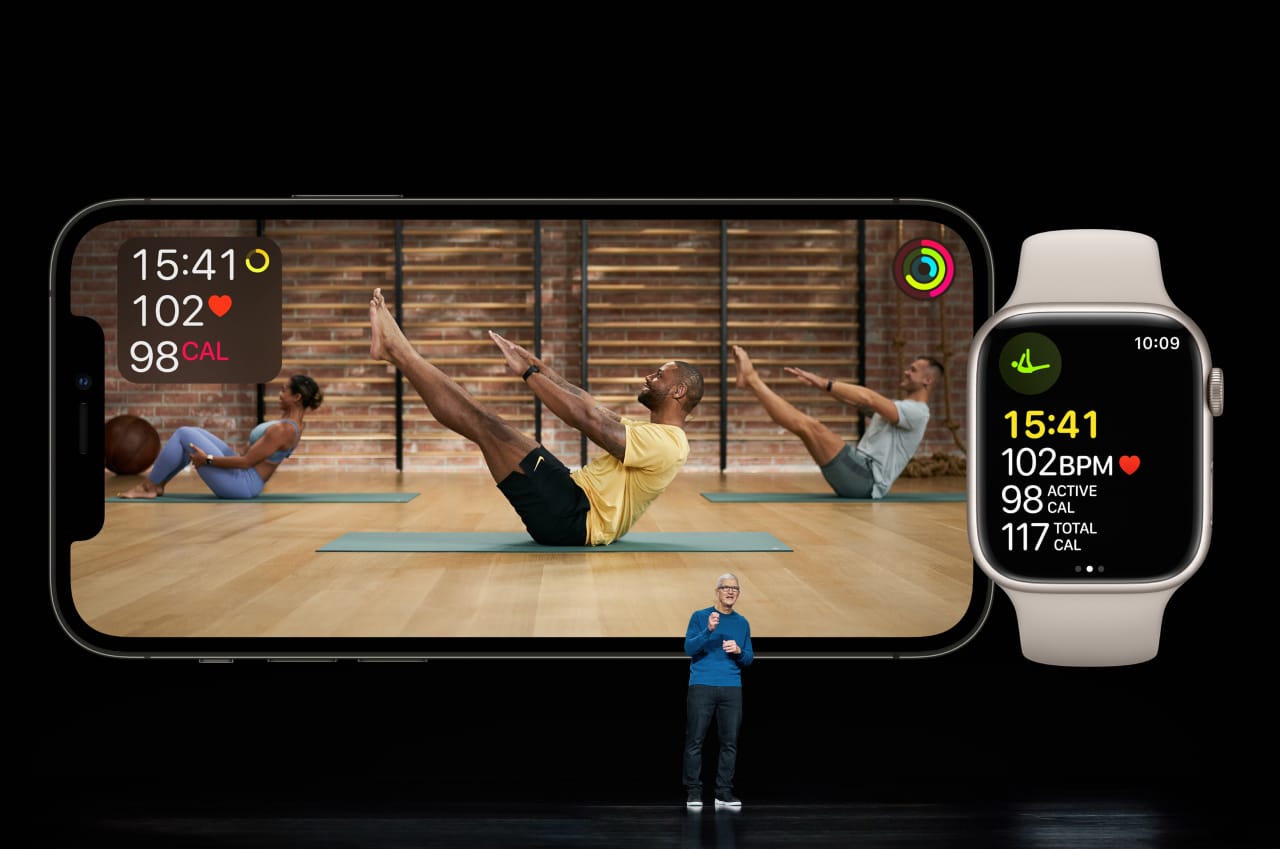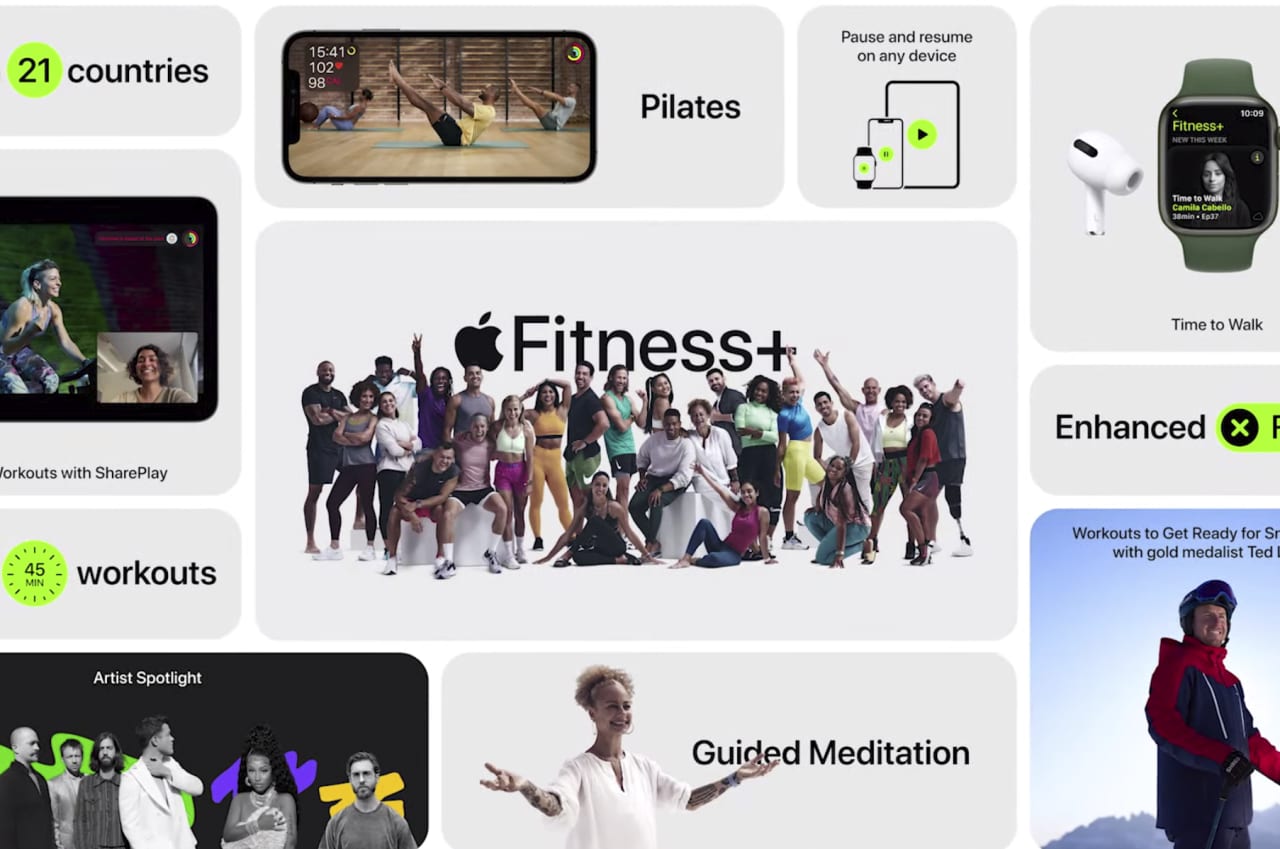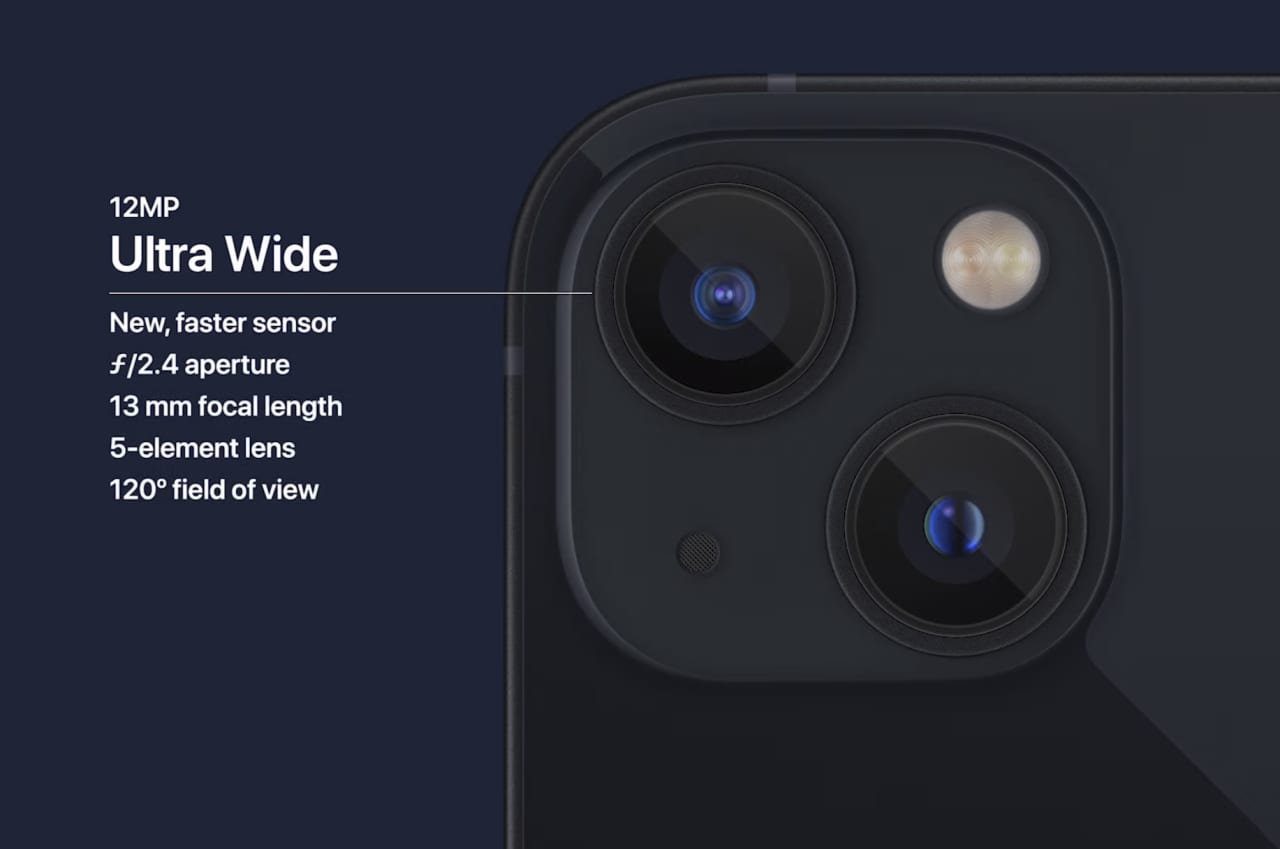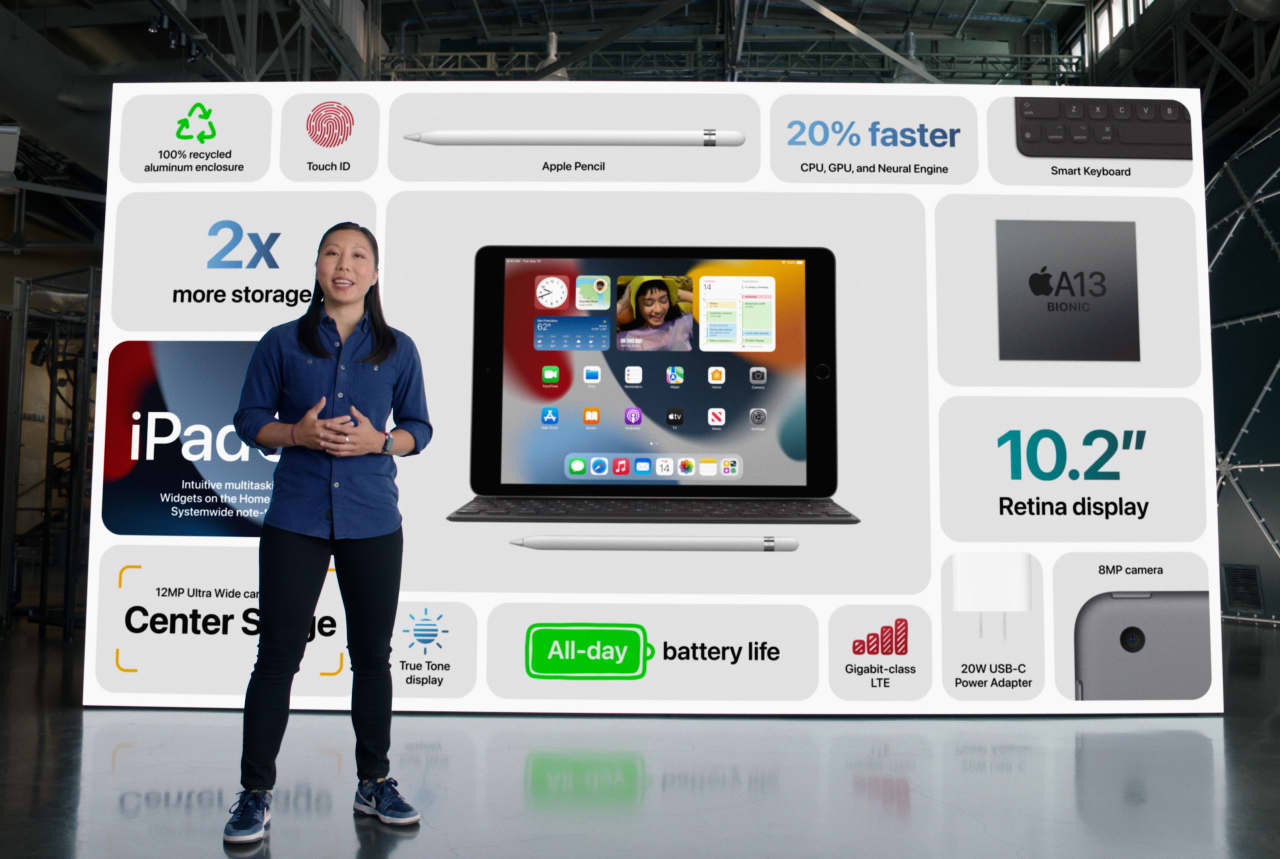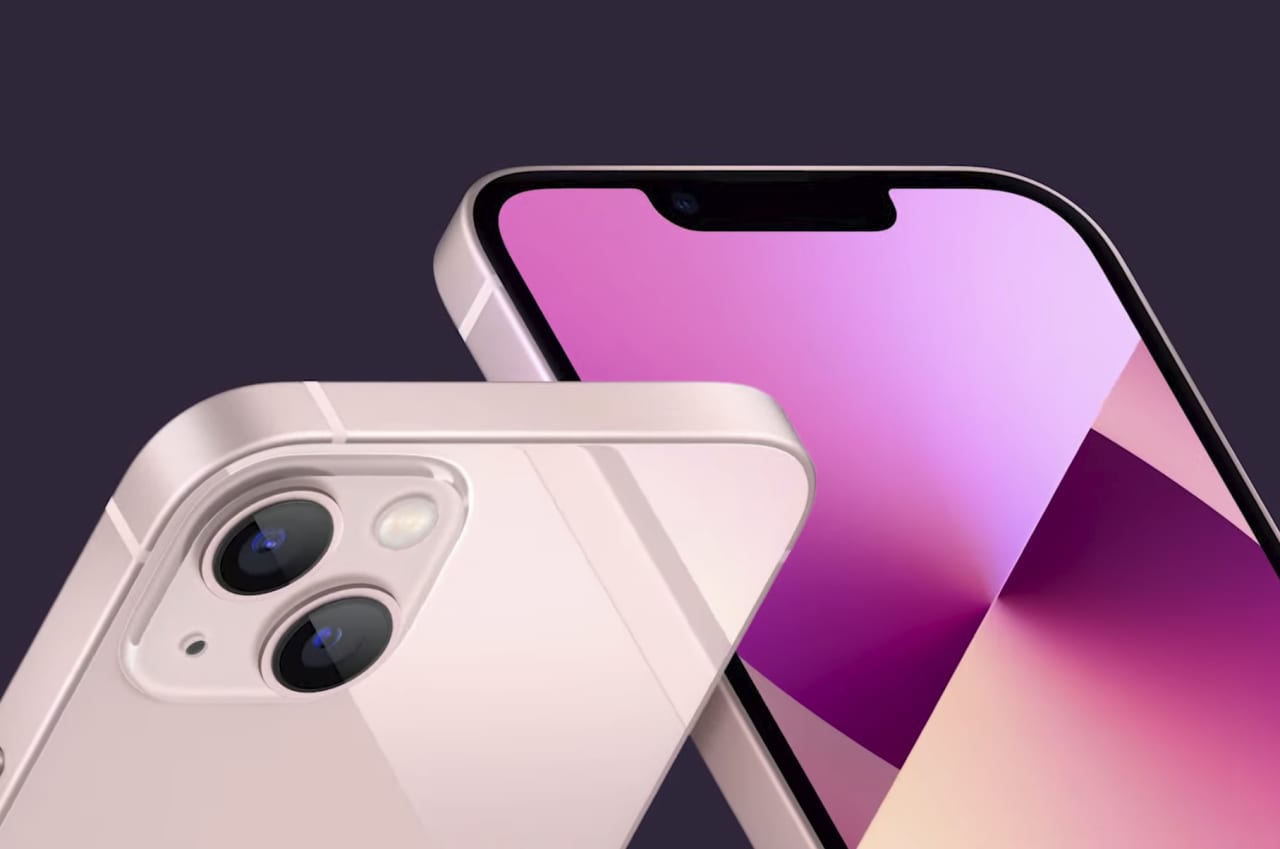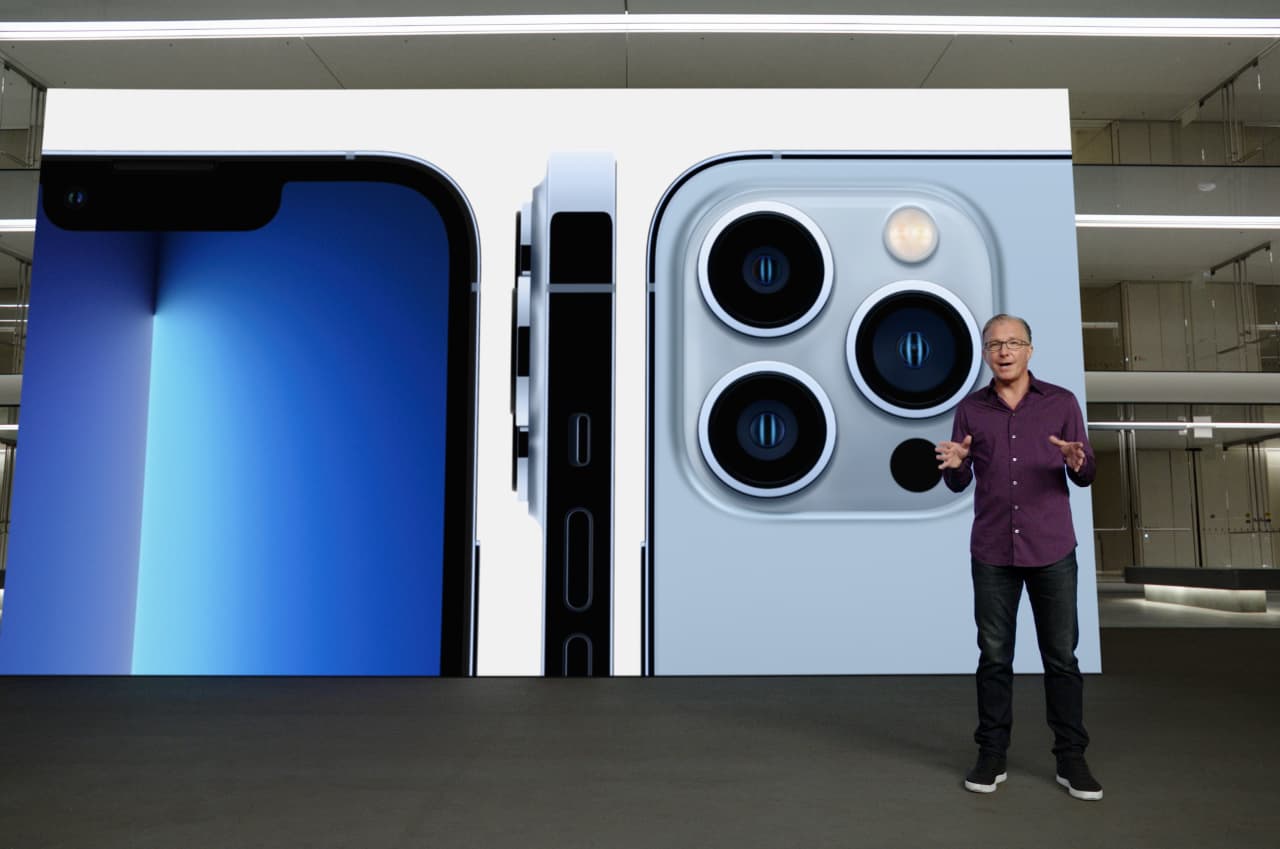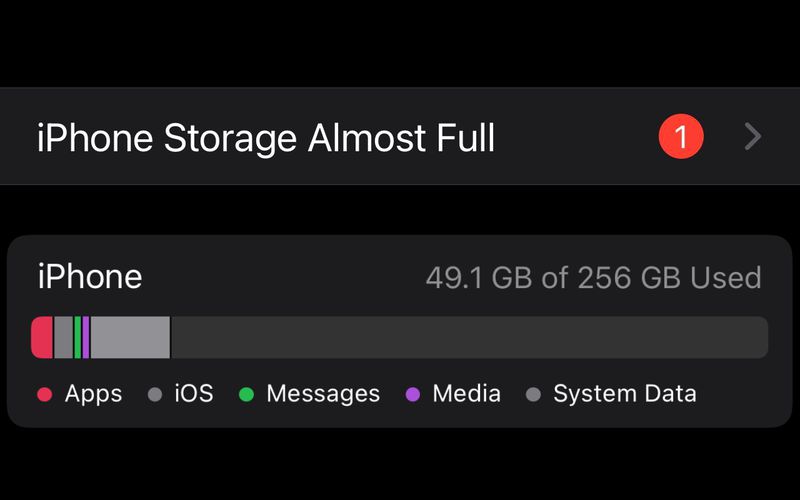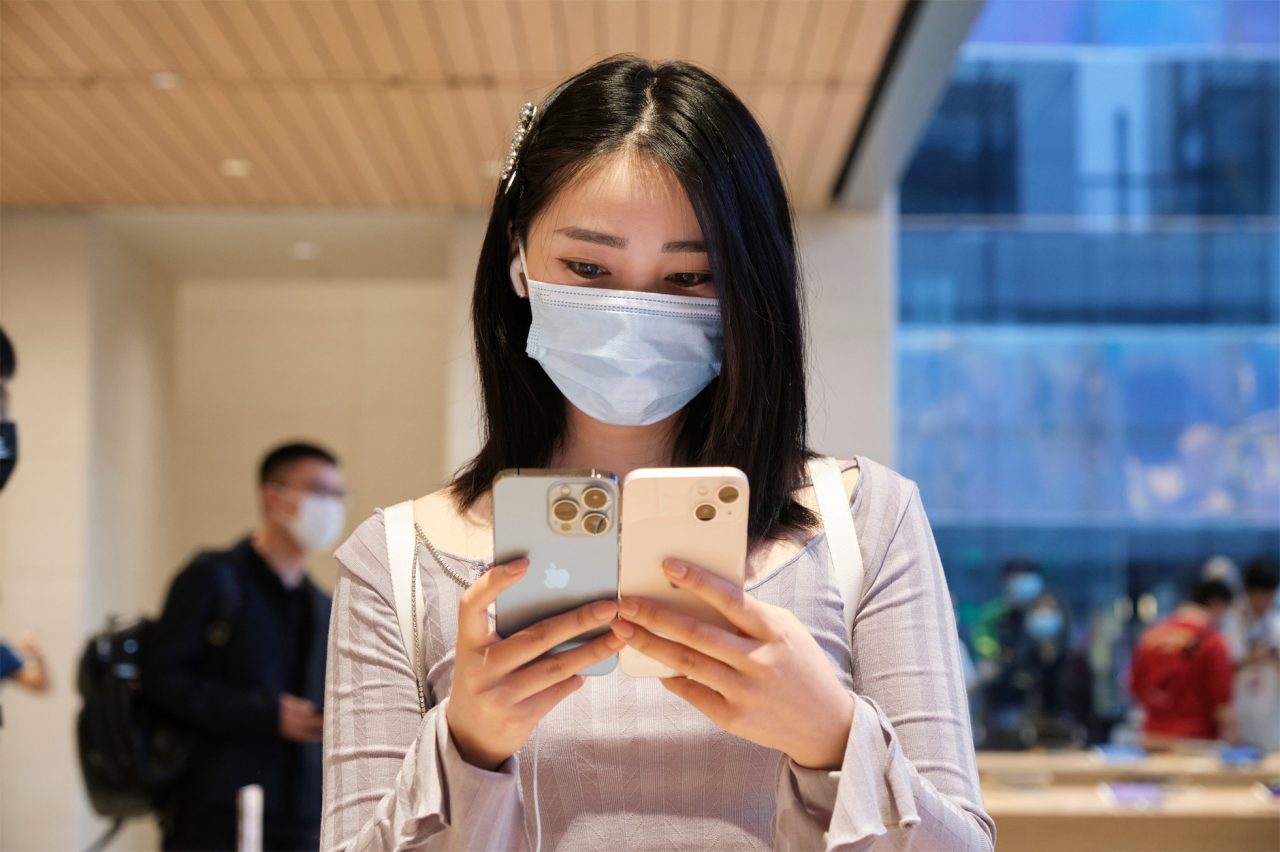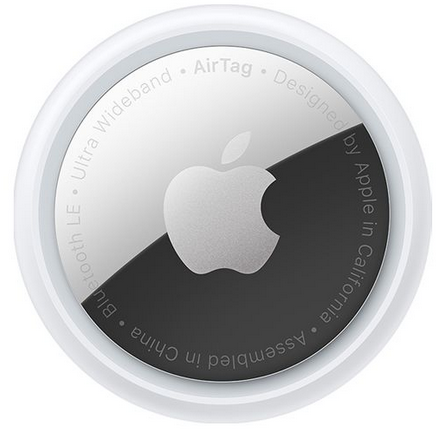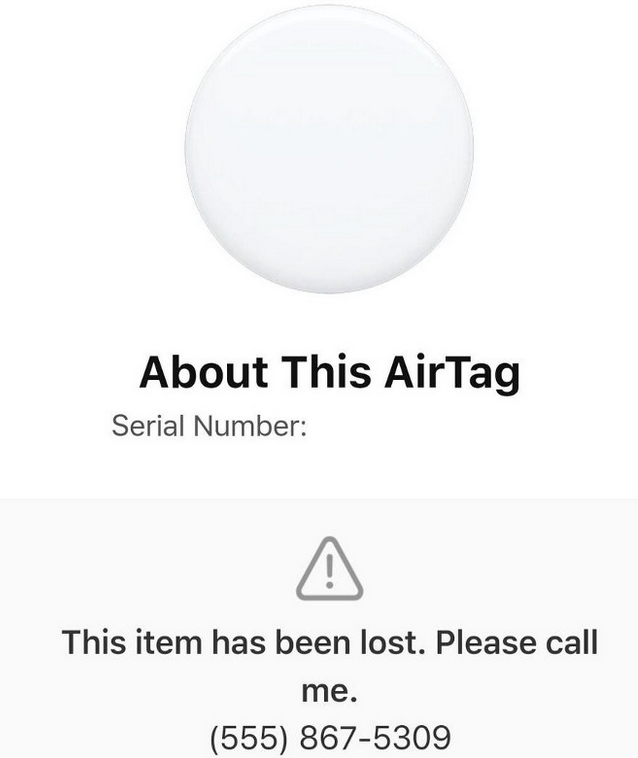sandysgeek
Really Really Experienced
- Joined
- Jun 28, 2020
- Posts
- 362
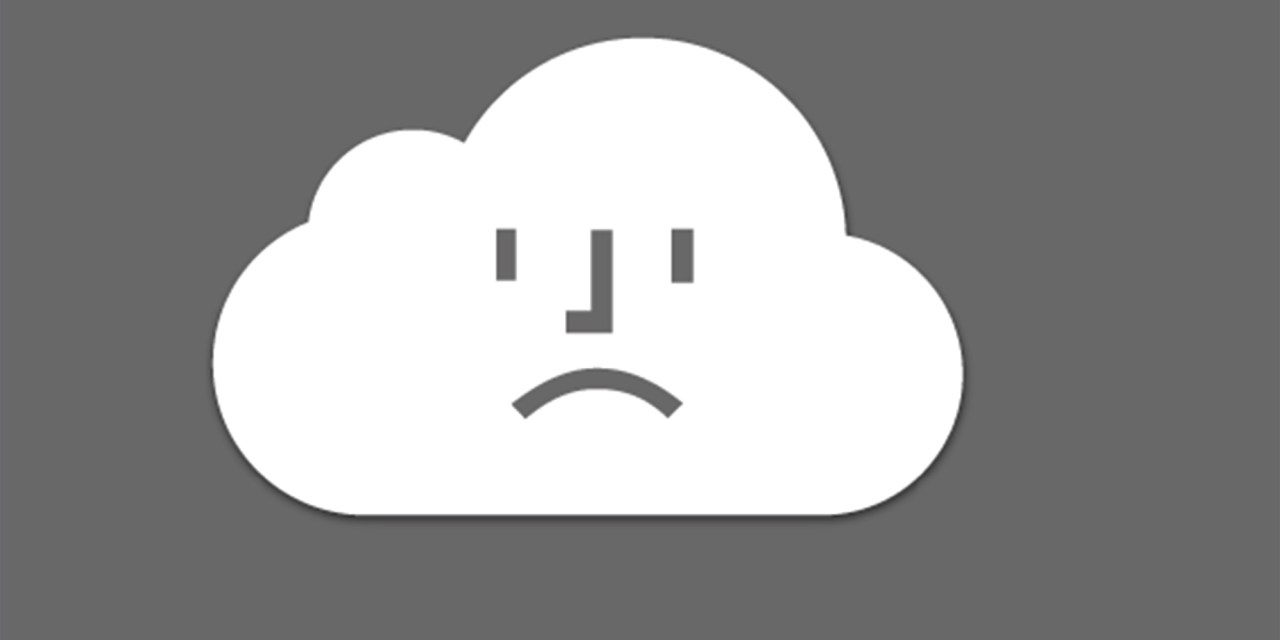
Instagram isn’t the only online service experiencing an outage this morning. Apple has acknowledged an ongoing issue with iCloud Mail as well.
Apple says “some users are affected” by the outage and “may be unable to send, receive, or access mail.” The iCloud status board only lists Mail as experiencing issues, however, so all other services should be working as expected.
At the time of writing, the outage has been listed for just over two hours.
In the meantime, you may experience turbulence when trying to use your Apple email account today. You can also check for updates on Apple online service outages here.
[Update: Resolved]
iCloud Mail was resolved during the past hour
Some users were affected
Users may have been unable to send, receive or access mail.









/article-new/2021/09/apple-lineup.jpg?lossy)
/article-new/2020/11/m1-chip-slide.jpg?lossy)




